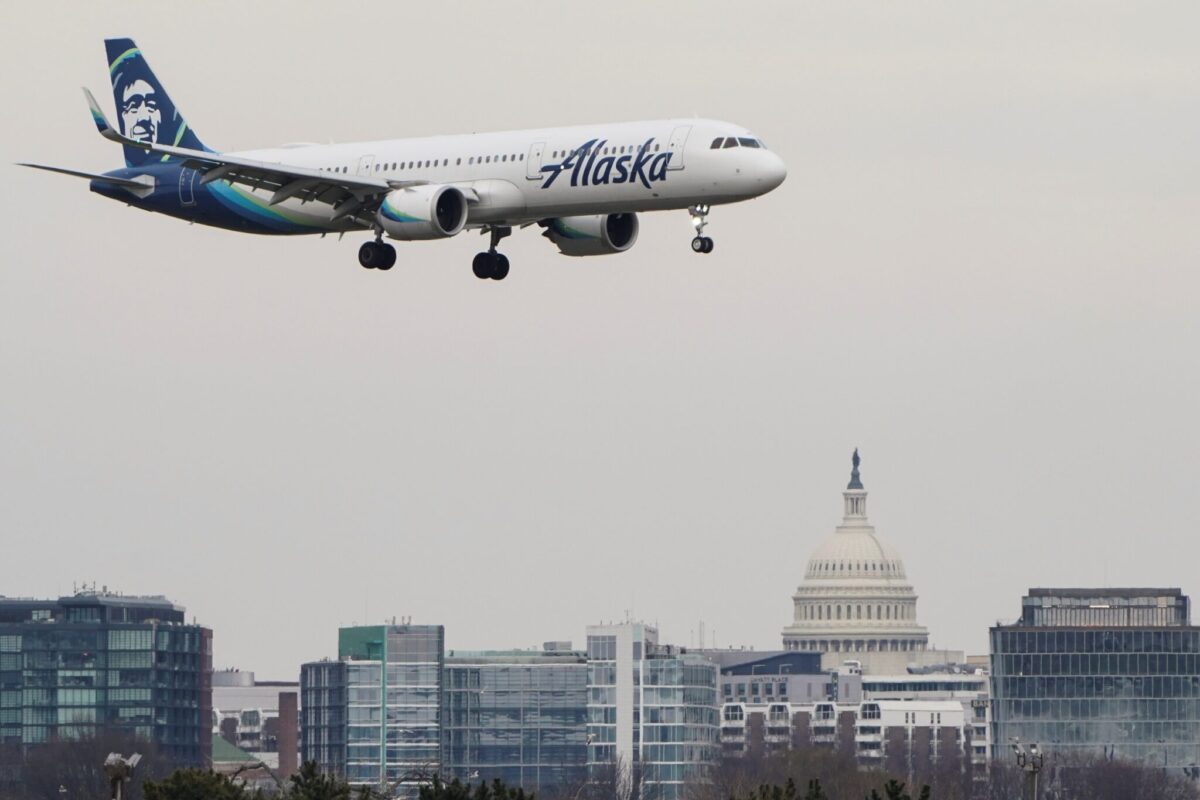In a surprising twist of events on a lazy Sunday afternoon, Alaska Airlines announced its plans to acquire the struggling Hawaiian Airlines for $1.9 billion.
One possible reason: Alaska has exhausted its growth opportunities at its homebase in Seattle and is looking for a new boost.
Hawaiian would maintain its independent brand under the proposed merger, and it would give the expanded Alaska Air Group a total of 365 aircraft. It would also be part of the Oneworld alliance, and create the sixth-largest U.S. airline in the industry in the event the JetBlue-Spirit merger also goes through.
In 2020, Seattle-Tacoma International Airport, Alaska’s primary hub, was already approaching maximum capacity, warning that flights from the airport could see higher fares, lengthier delays, and more missed connections.
While Alaska has seen sizable growth in Seattle, it has also been wary of becoming too reliant on the already strained market. Alaska has sought to increase its presence in cities like Portland, Oregon, where it most recently added nonstop flights to Nashville. However, Portland is a much smaller city than Seattle.
This is the same sort of thinking that partially guided Alaska’s decision to acquire Virgin America in 2016 for $2.6 billion. The merger with Virgin America gave Alaska access to a variety of routes from Los Angeles and San Francisco, and diversified its network. But those routes, especially the transcontinental ones, are highly competitive.
Betting on Success in Hawaii
Enter Hawaiian Airlines: The carrier has struggled to return to profitability since the pandemic, and is relatively cheap at around $4.86 a share as of Friday.
A merger with Hawaiian would give Alaska an extensive network throughout Hawaii. Hawaii is also a major leisure market, which Alaska estimates already generates $8 billion in annual passenger revenue.
Alaska Airlines CEO Ben Minicucci said in a call with analysts on Sunday evening that he believes the combined companies would become a leader in this lucrative market.
“We feel this is just strategically, a step change for us to accelerate,” Minicucci said. “Not only our financial performance but, the growth of our network.”
Perhaps Hawaiian’s network and Honolulu hub could give Alaska the ability to expand in Asia, more specifically in Japan, which has historically seen a lot of outbound travel to Hawaii and has been a significant market for Hawaiian Airlines.
Widebody Aircraft for Alaska Airlines
The combined airline would also give Alaska widebody aircraft. Alaska primarily operates Boeing 737s, but since Hawaiian is a long-haul carrier, its fleet is also composed of Airbus A330s and it recently announced plans to order Boeing 787 Dreamliners.
Minicucci said the international fleet for the combined airline would pose some “complexity” for Alaska’s operation, but the opportunities outweighed any potential issues raised by a more diverse fleet.
“I think the advantages far outweigh the complexities that we have to deal with,” he said Sunday. “And you know, I’m sure there will be some things that we can rationalize going forward.”
It’s unclear whether the Justice Department will greenlight the merger, but Alaska’s intentions signify that it is once again looking beyond Seattle.
Subscribe to Skift Pro to get unlimited access to stories like these
{{monthly_count}} of {{monthly_limit}} Free Stories Read
Subscribe NowAlready a member? Sign in here
Subscribe to Skift Pro to get unlimited access to stories like these
Your story count resets on {{monthly_reset}}
Already a member? Sign in here
Subscribe to Skift Pro to get unlimited access to stories like these
Already a member? Sign in here
